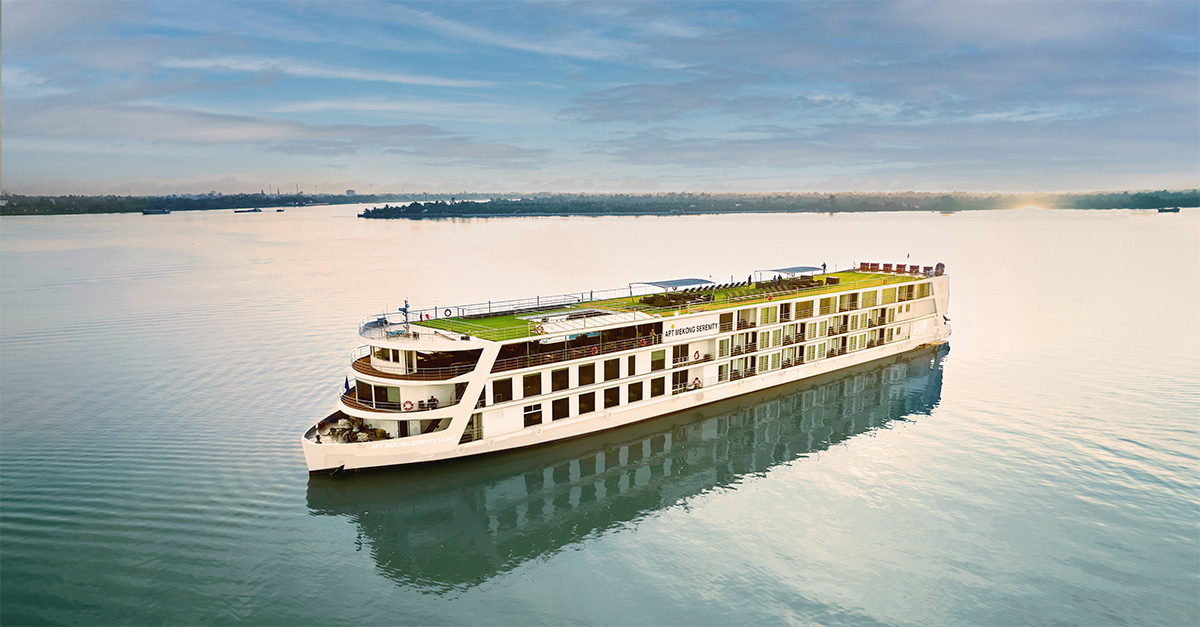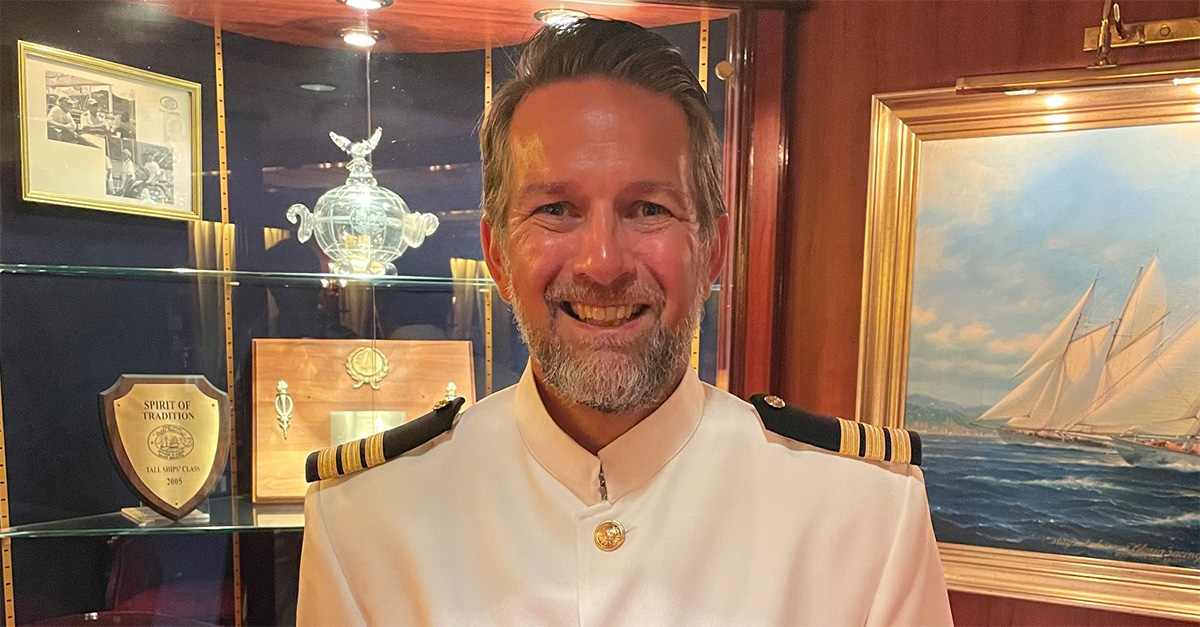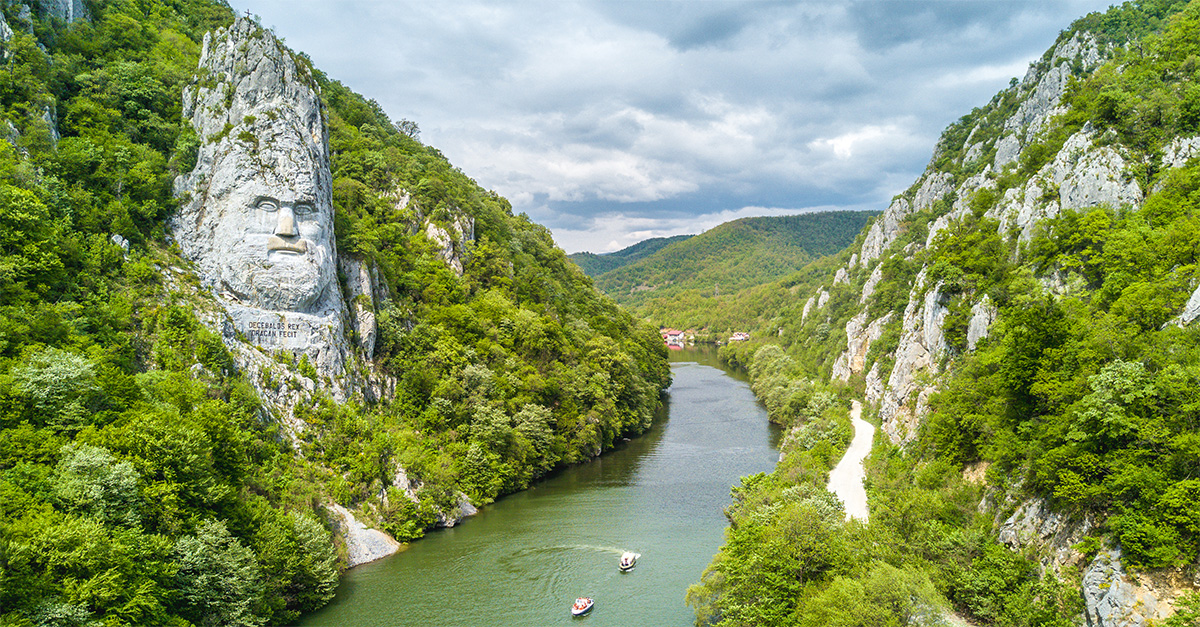Oman’s capital is the current must-visit city in the Gulf. Joanna Booth explores.
Like this article? Click here to download and save as a PDF.
Not too many years ago, when most Brits heard the word Muscat, they thought of grapes. Now, they’re more likely to register it as one of the world’s coolest city-break destinations. The Omani capital is topping ‘must-visit’ lists left, right and centre.
The popularity of this port city is richly deserved. This is a metropolis that is traditionally Arabic and Islamic, yet also truly modern, and very friendly to the West. There’s a lot to see, but the climate, and the quality of the hotels, mean that it can offer sun-soaked relaxation in addition to sightseeing.
It works as a standalone destination and as the jumping-off point for a tour of wider Oman; and, with Oman Air flying onward to destinations including Malé, Colombo and Bangkok, it also works as a stopover city.
10.00: After breakfast, head for the Sultan Qaboos Grand Mosque. It’s one of the few mosques in the Arabian peninsula that is open to non-Muslims. Tourists can visit for free between 8am and 11am every day except Fridays. Remind clients to cover up – long sleeves and full-length trousers or skirts – and women will need a scarf to cover their hair.
With its low-rise white buildings, Muscat is one of the more understated Gulf cities, but the Omanis have really gone to town on their mosque. Housing up to 20,000 worshippers, it is one of the largest in the world. Named after, and privately financed by, Oman’s Sultan, no one knows how much the huge project cost.
The serenity of the pale marble courtyards gives way to neck-craning astonishment in the men’s prayer hall. The mosaics covering every wall are as vivid and intricate as the calligraphy inside the exquisitely illuminated volumes of the Koran. The chandelier is truly vast – when it needs to be cleaned or repaired, 12 people can stand inside it. The ornate Iranian carpet is the size of a football pitch and is the largest single-piece carpet in the world.
11.30: The mosque is a drive away from the port district of Muttrah. Head for the harbour and watch modern yachts and traditional wooden dhows bobbing side by side on the waves. Sit outside a cafe with a view of the Muttrah Fort towering above the corniche, and order a kahwa. These coffees, traditionally used to welcome guests, are served short and dark with a hint of cardamom, and are usually offered with something sweet – dates or nutty halwa.
Riding on the caffeine kick, head into the labyrinthine passages of the Muttrah Souk. Muscat’s oldest souk has plenty to see, not least the ancient carved wooden ceiling that arches over the stores and stalls below. These display jewellery, carpets, spices and fragrant piles of Oman’s famous frankincense, though wander off the main pathways and you’ll also find locals buying cooking pots and clothing.

13.00: Time to eat. Hitting the fine balance between authenticity and tourist-friendliness is the Kargeen Cafe. Tables are set in a leafy courtyard, and the food is delicious and portions large. Try the traditional shuwa, a slow-cooked lamb dish served, as many Omani dishes are, with rice and a tomato sauce spiced with chilli.
14.30: Head for Old Muscat and get out of the afternoon sun in the Bait Al Zubair Museum. This private collection of artefacts resides in the family’s former home, and gives a comprehensive view of different aspects of Oman’s culture and history. Visitors can see traditional clothing, from the brightly coloured robes and ornate headdresses of women, to the decorated curved khanjar daggers. These are belted around the flowing white dishdashas most Omani men wear. There are pots and pans, firearms, art and jewellery, and all these artefacts are not just displayed but placed in context, illuminating aspects of how life in Oman was, and sometimes still is lived.
16.00: It’s a relatively short walk to the Al Alam Palace. Oman’s much-loved Sultan has a number of palaces across the country, and this imposing gold and blue structure is used to receive distinguished visitors. Visitors can’t go inside, but the facade is a pretty impressive sight. After this, take a wander along the corniche or head back to the hotel to freshen up.
19.30: If you can get tickets, take in a performance at the Royal Opera House. It’s large and architecturally striking, and sits in a complex with landscaped gardens, retail outlets, restaurants and an art centre. As well as opera, there are ballet and classical music concerts, and tango and even whirling dervish performances. Otherwise, head out for dinner. Try Shahrazad at the Shangri-La Barr Al Jissah for upmarket Moroccan cuisine, or the popular Mumtaz Mahal for Indian.




